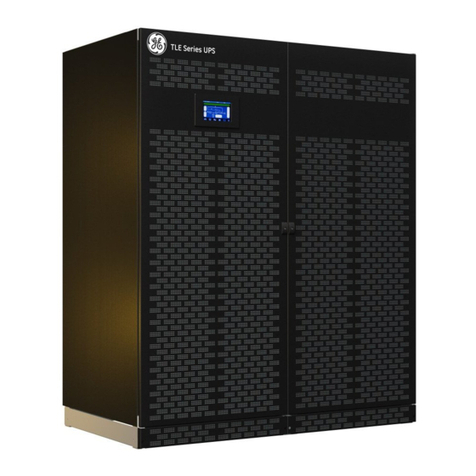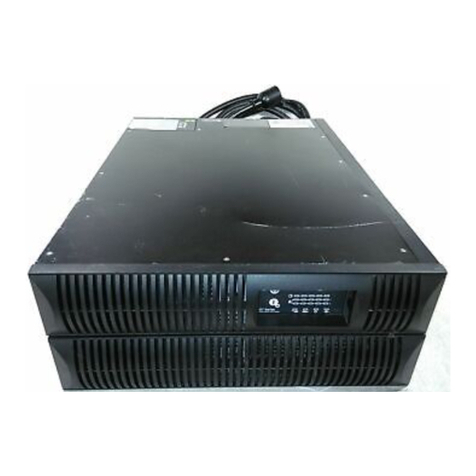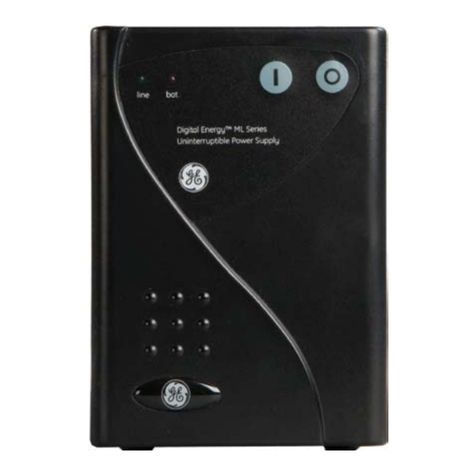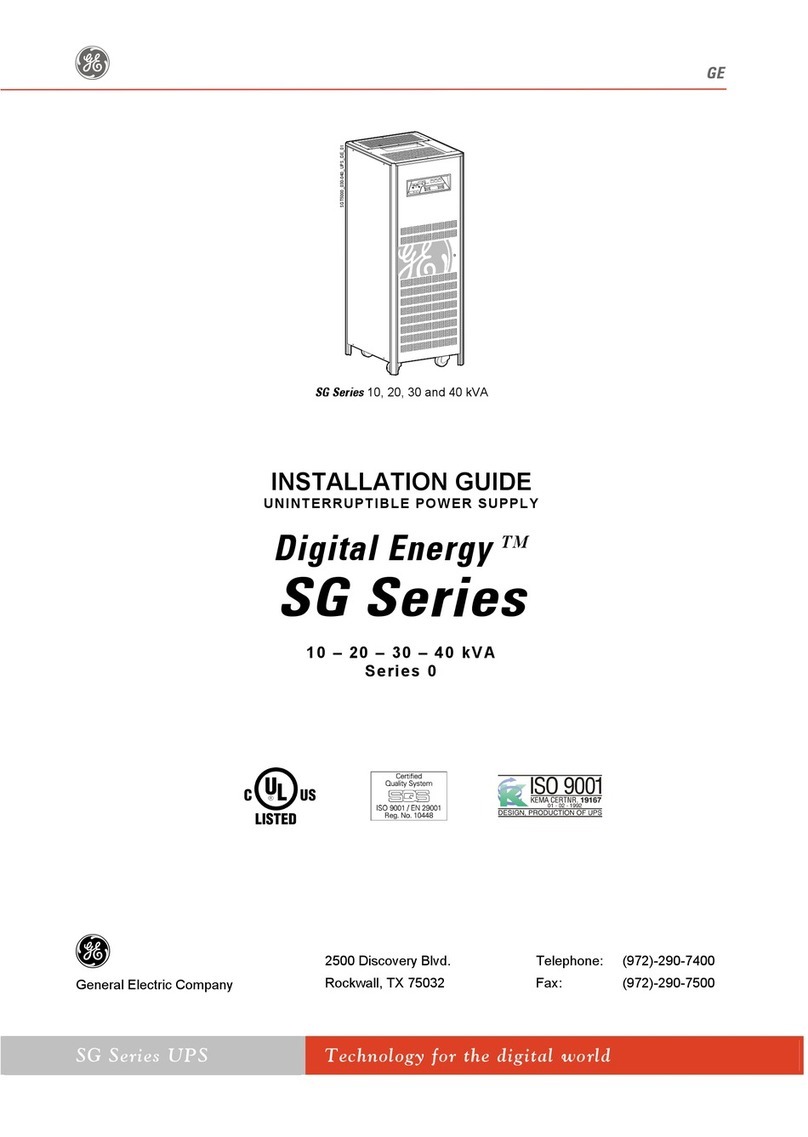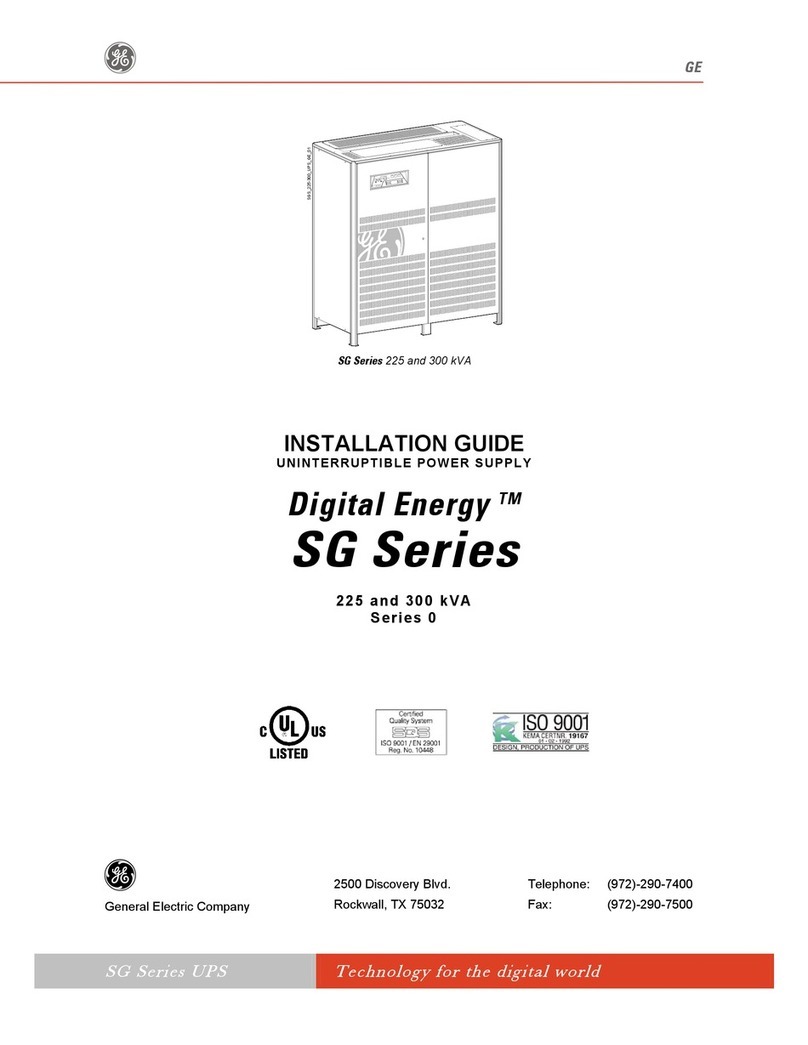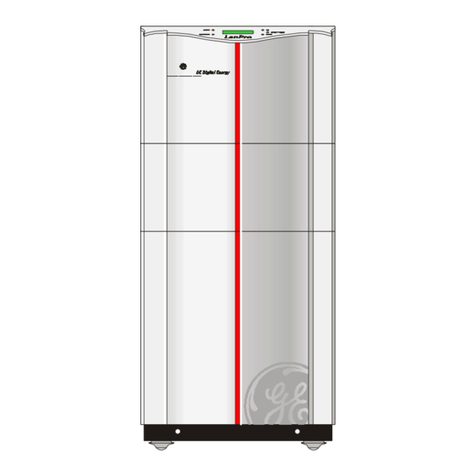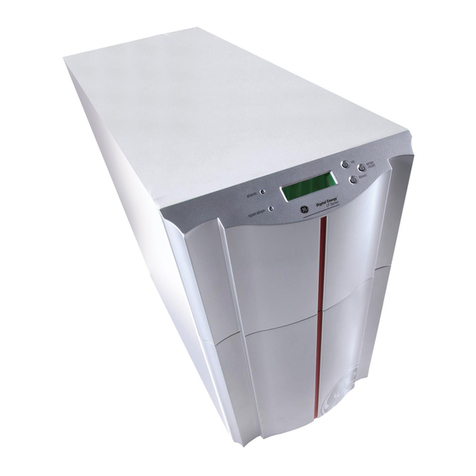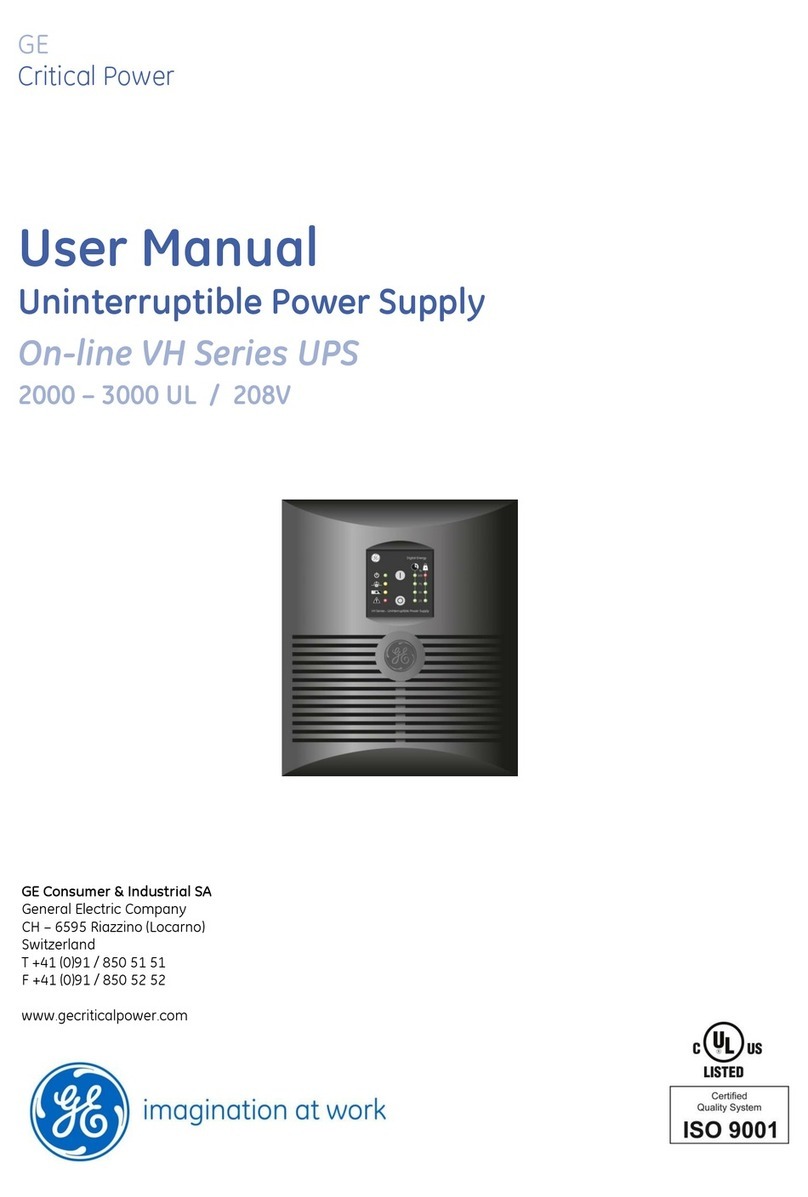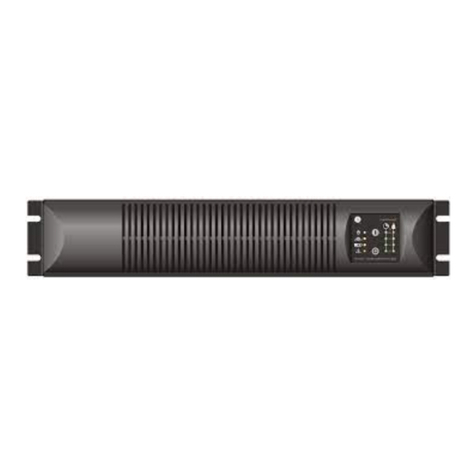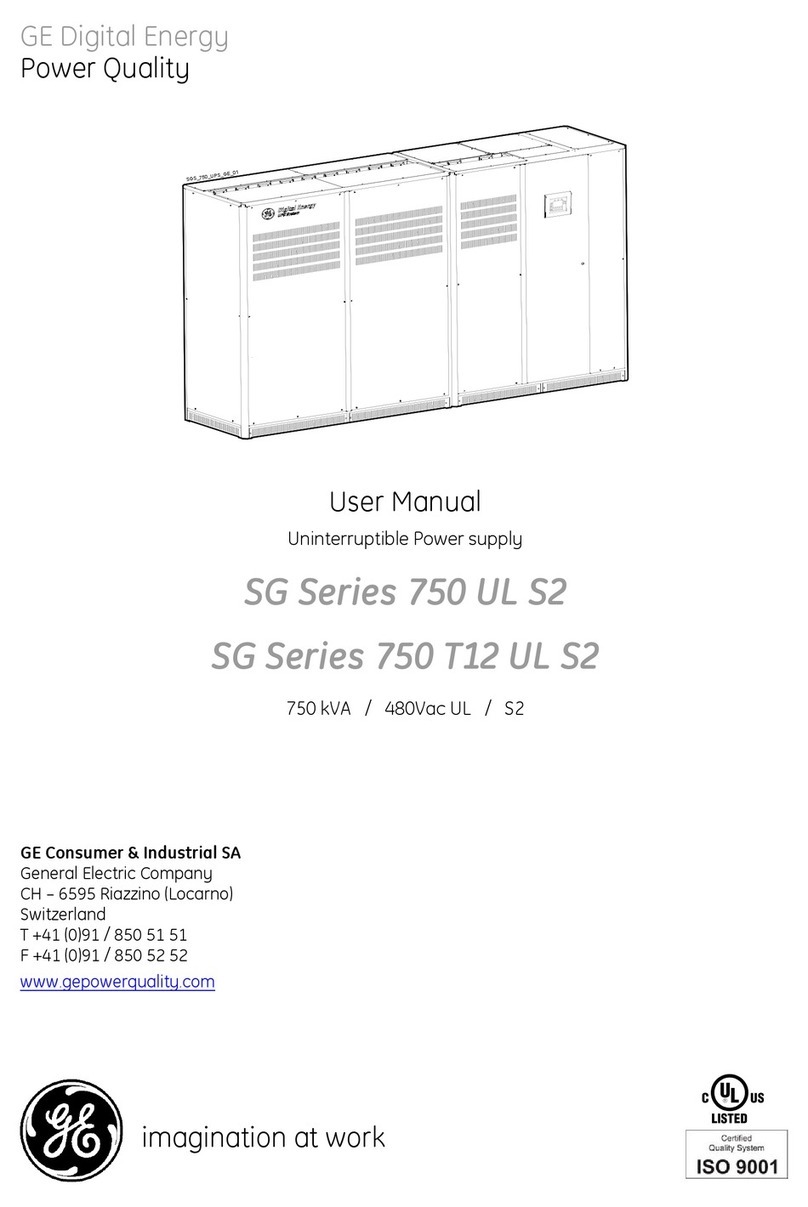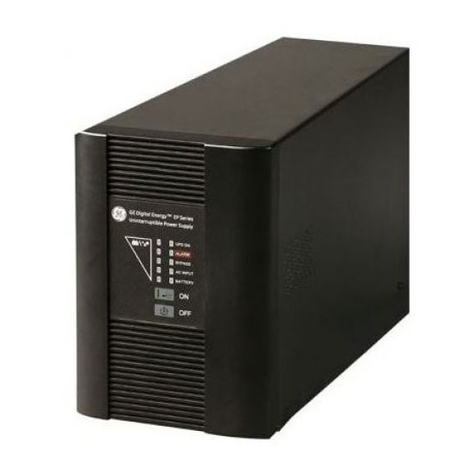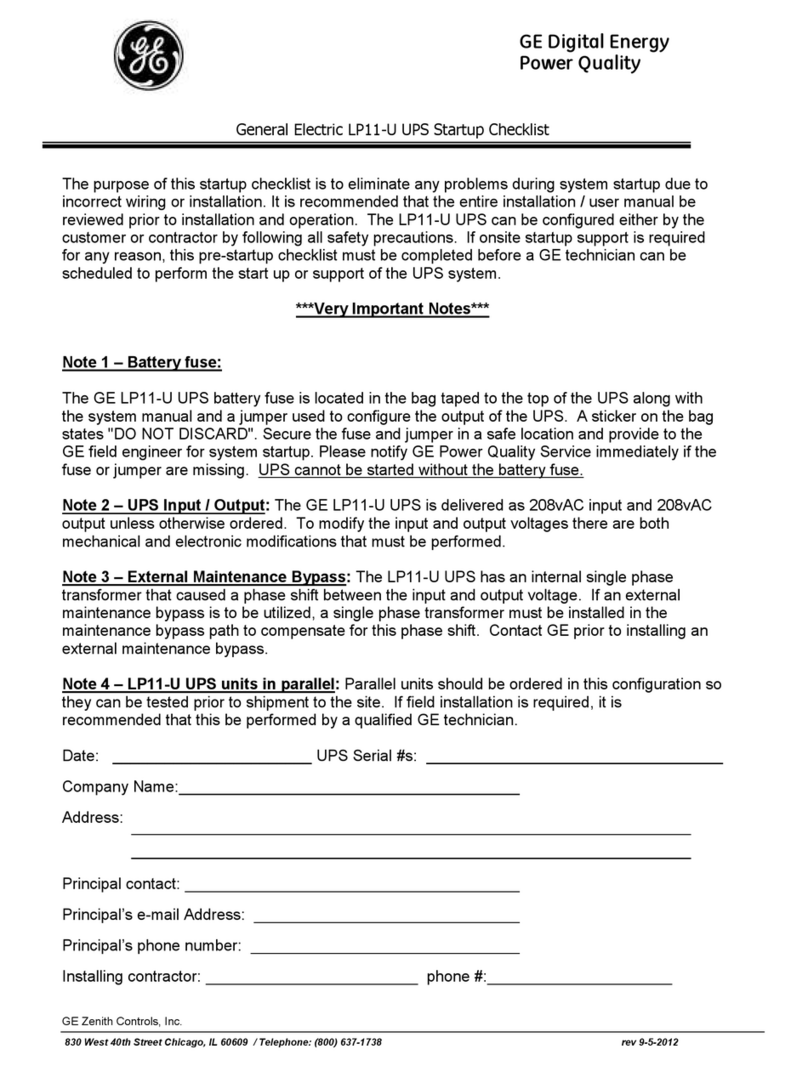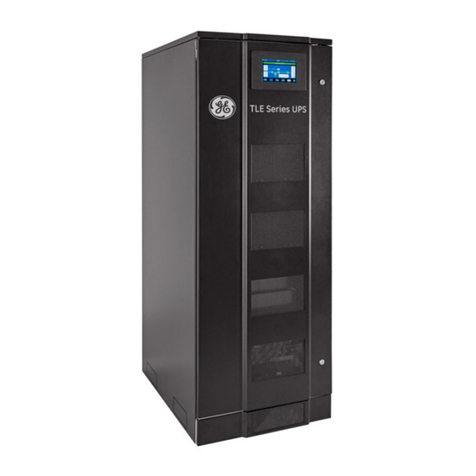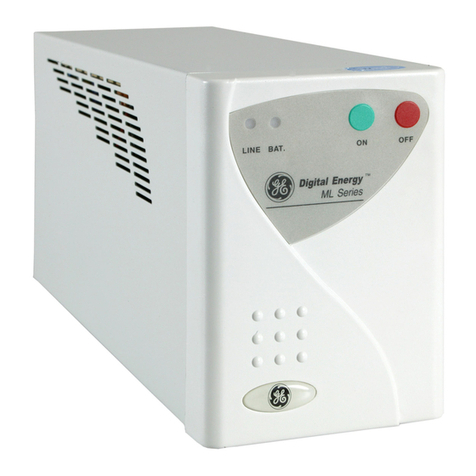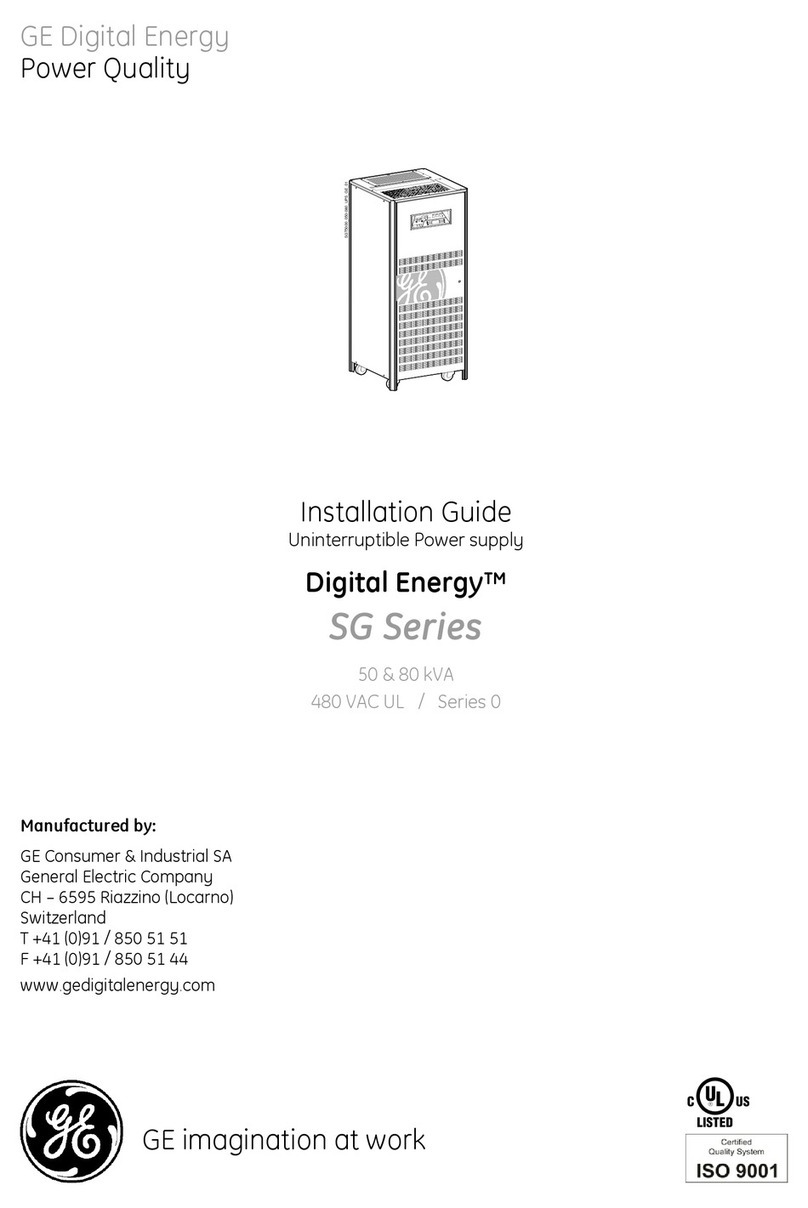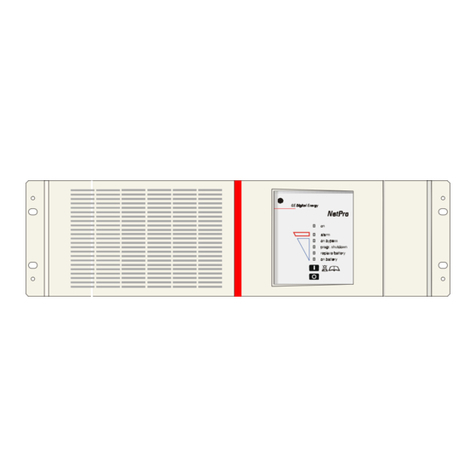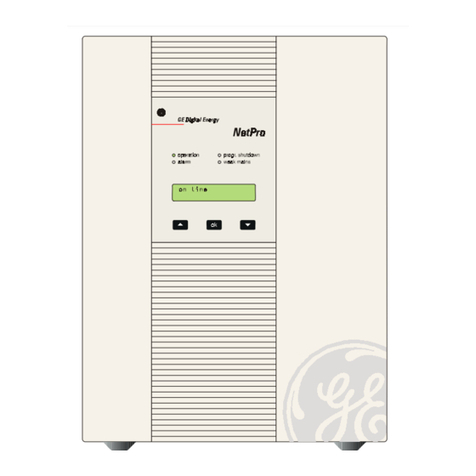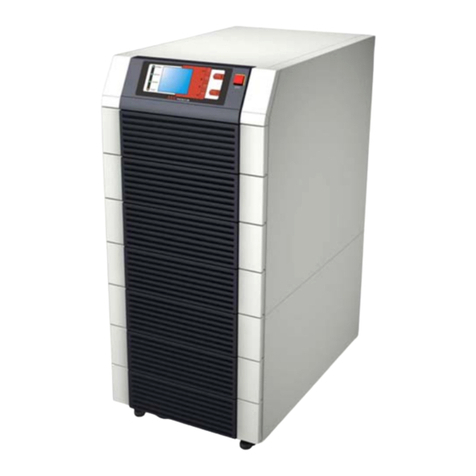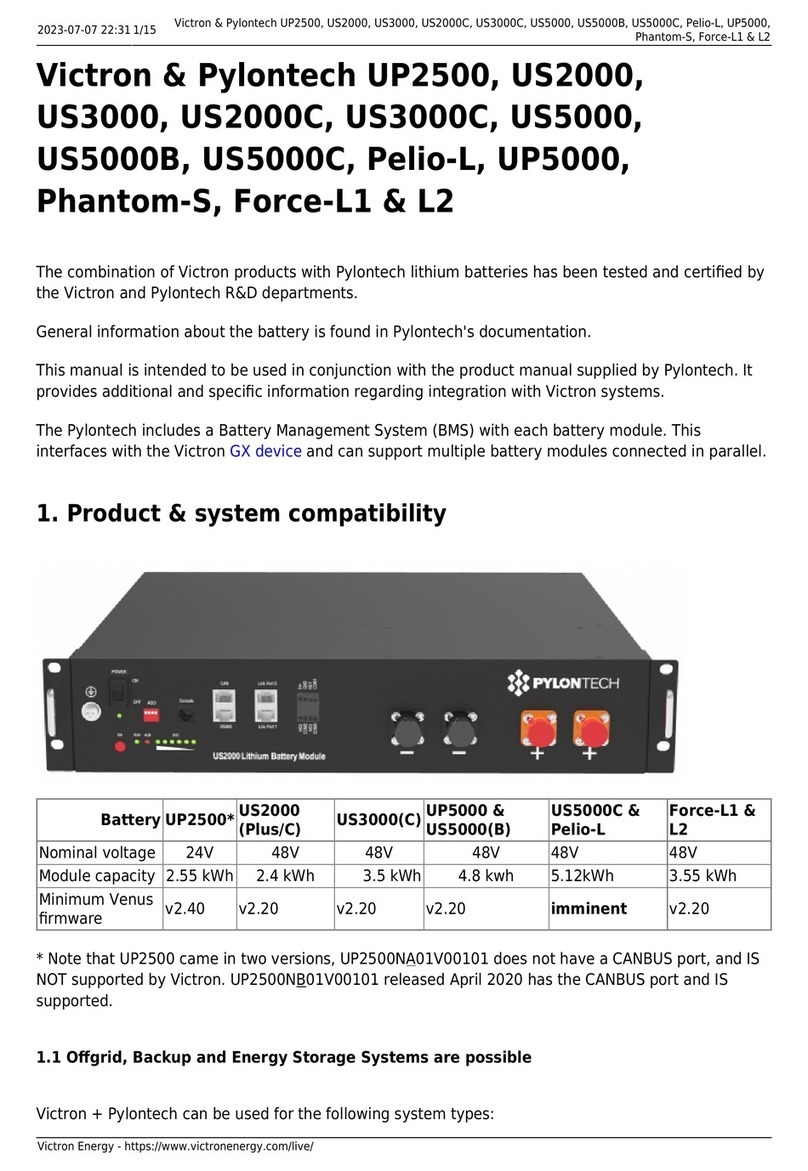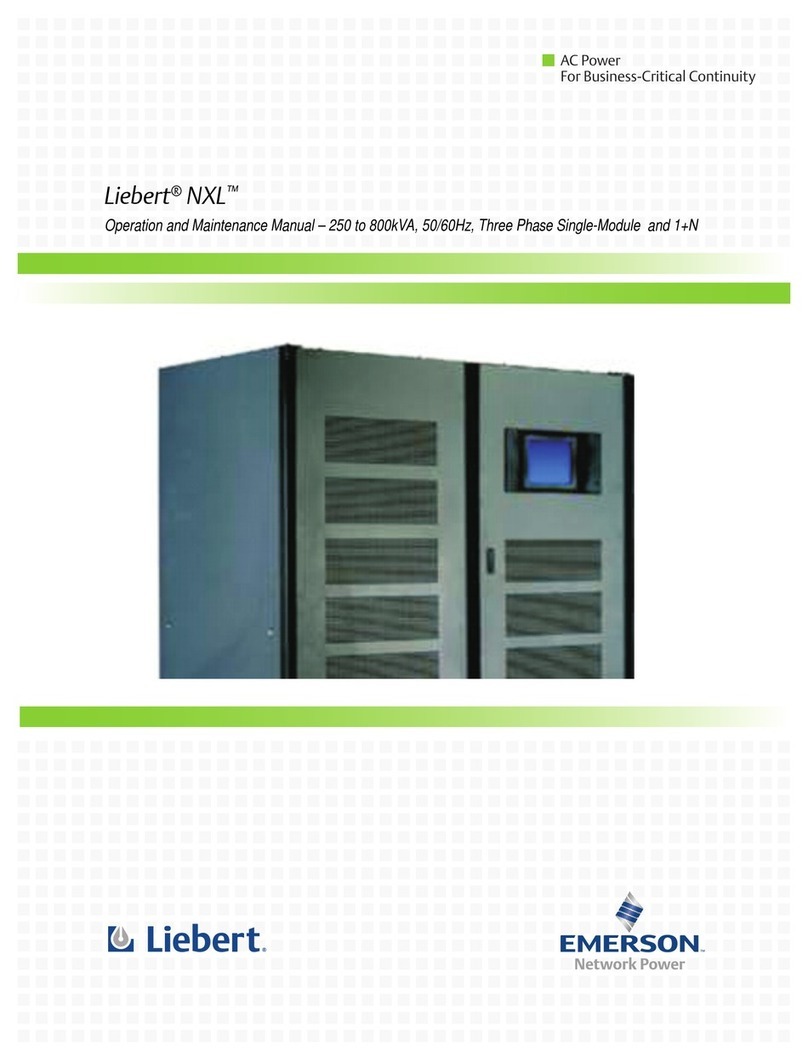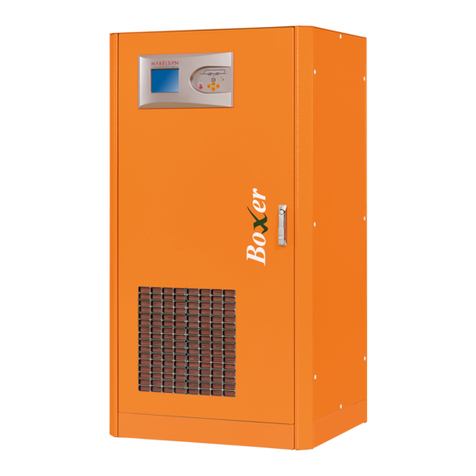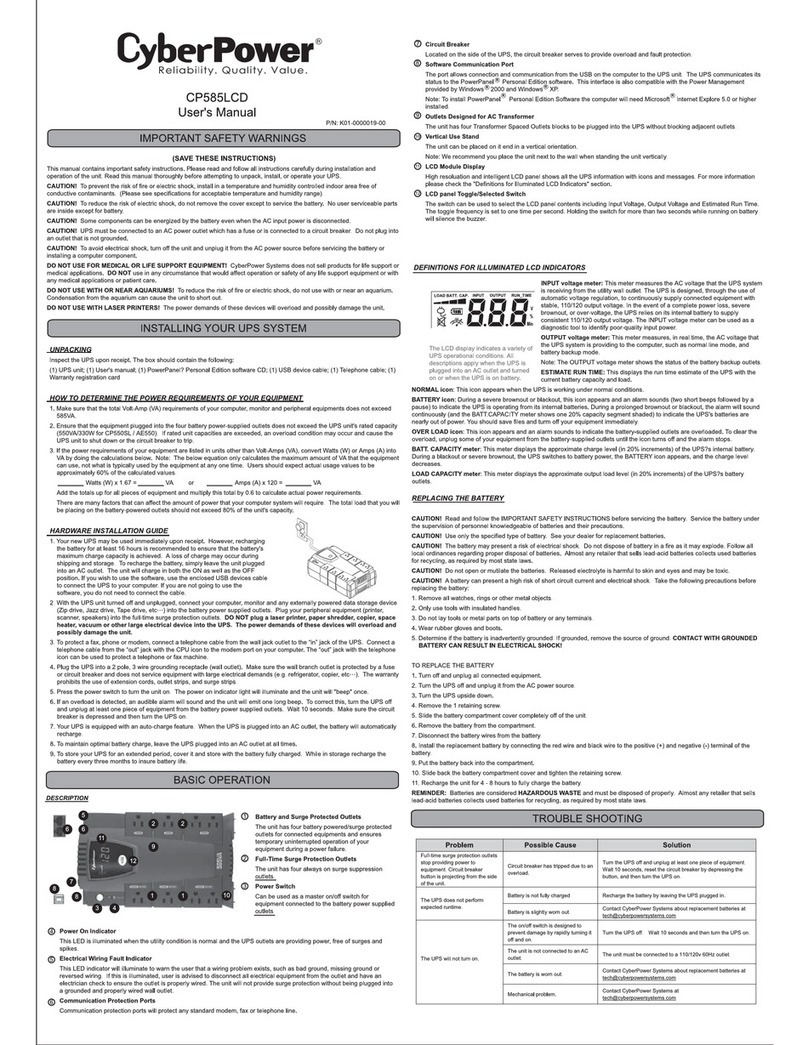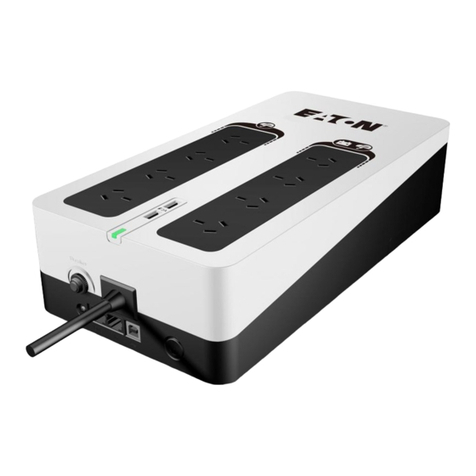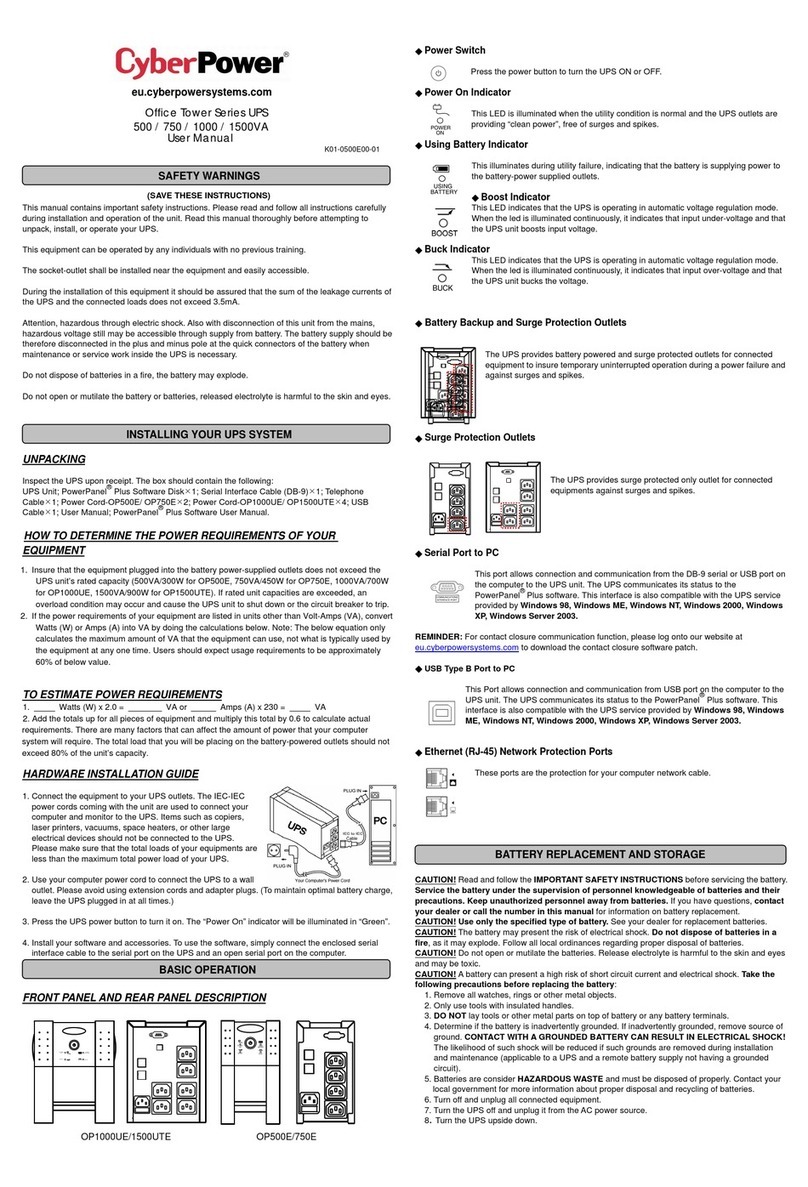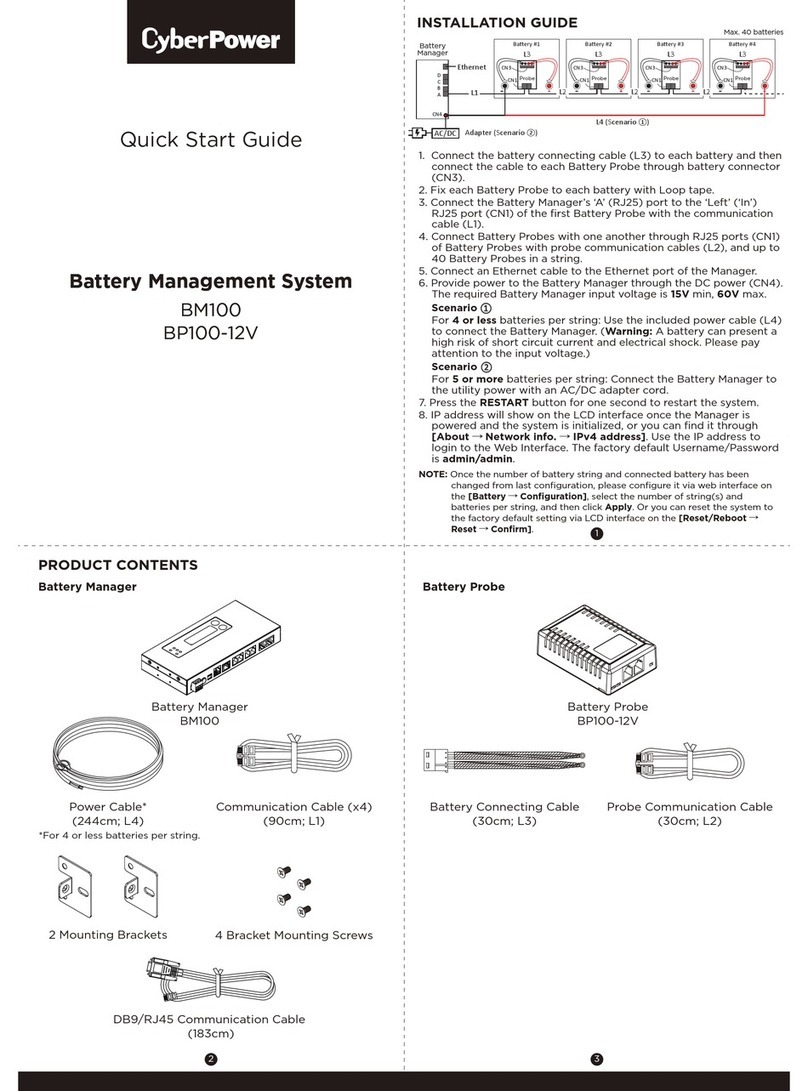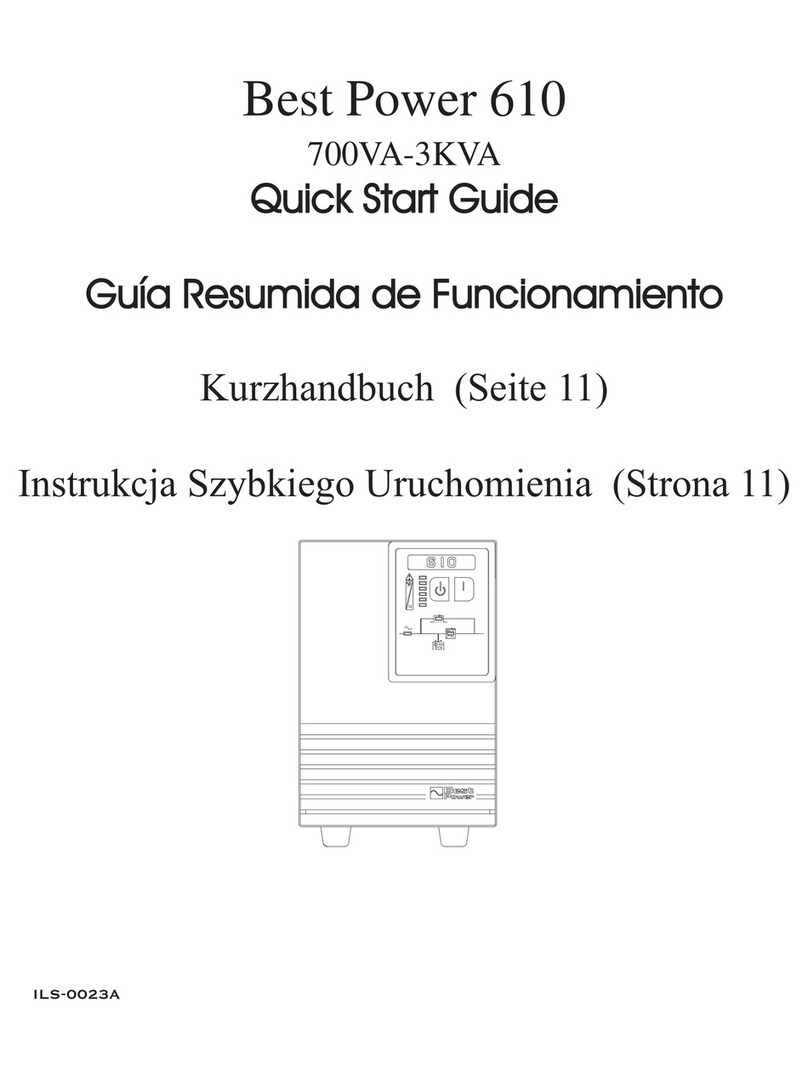Modifications reserved Page 5/103
OPM_LPS_33E_60K_M12_2GB_V010.doc Operating Manual LP 33 Series 60-80-100-120 kVA / S2
7LCD SCREEN .................................................................................................................................................. 53
7.1 HOME SCREEN ........................................................................................................................................................................................ 53
7.2 METERING ................................................................................................................................................................................................. 55
7.3 ALARMS...................................................................................................................................................................................................... 57
7.3.1 Events (alarms and messages).............................................................................................................................................................. 58
7.3.2 Alarms list........................................................................................................................................................................................................ 58
7.3.3 Messages list.................................................................................................................................................................................................. 61
7.3.4 Event report LP 33 Series.......................................................................................................................................................................... 63
7.4 SETUP.......................................................................................................................................................................................................... 64
7.5 COMMANDS ............................................................................................................................................................................................. 69
8OPERATION.................................................................................................................................................... 70
8.1 PROCEDURES FOR SINGLE LP 33 Series...................................................................................................................................... 70
8.1.1 Start-up of the LP 33 Series..................................................................................................................................................................... 70
8.1.2 UPS shutdown with load transfer on manual bypass Q2 ......................................................................................................... 74
8.1.3 From Manual Bypass Q2 to normal function VFI .......................................................................................................................... 76
8.1.4 Complete UPS shutdown.......................................................................................................................................................................... 77
8.1.5 Restore to normal operation after “Total Off”................................................................................................................................. 78
8.1.6 Restore to normal operation after “EPO – Emergency Power Off”........................................................................................ 79
8.2 PROCEDURES FOR PARALLEL SYSTEM LP 33 Series............................................................................................................... 80
8.2.1 LP 33 Series Parallel System start-up................................................................................................................................................. 80
8.2.2 Parallel UPS shutdown with load transfer on manual bypass Q2......................................................................................... 84
8.2.3 From Manual Bypass Q2 to normal function VFI .......................................................................................................................... 86
8.2.4 Separate a UPS unit from the Parallel System (System Redundancy)................................................................................ 87
8.2.5 Reconnect a UPS unit to a Parallel System...................................................................................................................................... 88
8.2.6 Complete Parallel System shutdown.................................................................................................................................................. 89
8.2.7 Restore to normal operation after “Total Off”................................................................................................................................. 90
8.2.8 Restore to normal operation after “EPO – Emergency Power Off”........................................................................................ 91
9CUSTOMER INTERFACE................................................................................................................................ 92
9.1 SERIAL PORT J27 - RS232 .................................................................................................................................................................. 93
9.2 RELAY CARD ............................................................................................................................................................................................. 94
9.3 EPO (EMERGENCY POWER OFF)....................................................................................................................................................... 95
10 OPTIONS......................................................................................................................................................... 96
10.1 OPTIONS GENERAL VIEW ................................................................................................................................................................... 96
10.2 OPTIONS ASSEMBLY AND CONNECTION .................................................................................................................................... 97
10.2.1 Customer Interface..................................................................................................................................................................................... 97
10.2.2 Optional battery cabinet connection ...............................................................................................................................................100
11 MAINTENANCE............................................................................................................................................101
11.1 GENERAL MAINTENANCE.................................................................................................................................................................101
11.2 COOLING FAN MAINTENANCE .......................................................................................................................................................101
11.3 OTHER COMPONENTS WITH LIMITED LIFETIME.....................................................................................................................101
11.4 BATTERY MAINTENANCE ..................................................................................................................................................................101
11.5 SERVICE REQUIRED.............................................................................................................................................................................101
12 NOTES...........................................................................................................................................................102
12.1 NOTES FORM..........................................................................................................................................................................................102
13 ANNEX ..........................................................................................................................................................103
13.1 TECHNICAL DATA SHEET ..................................................................................................................................................................103
13.2 UPS SCHEMATIC DIAGRAMS...........................................................................................................................................................103
13.3 CD-ROM ...................................................................................................................................................................................................103
